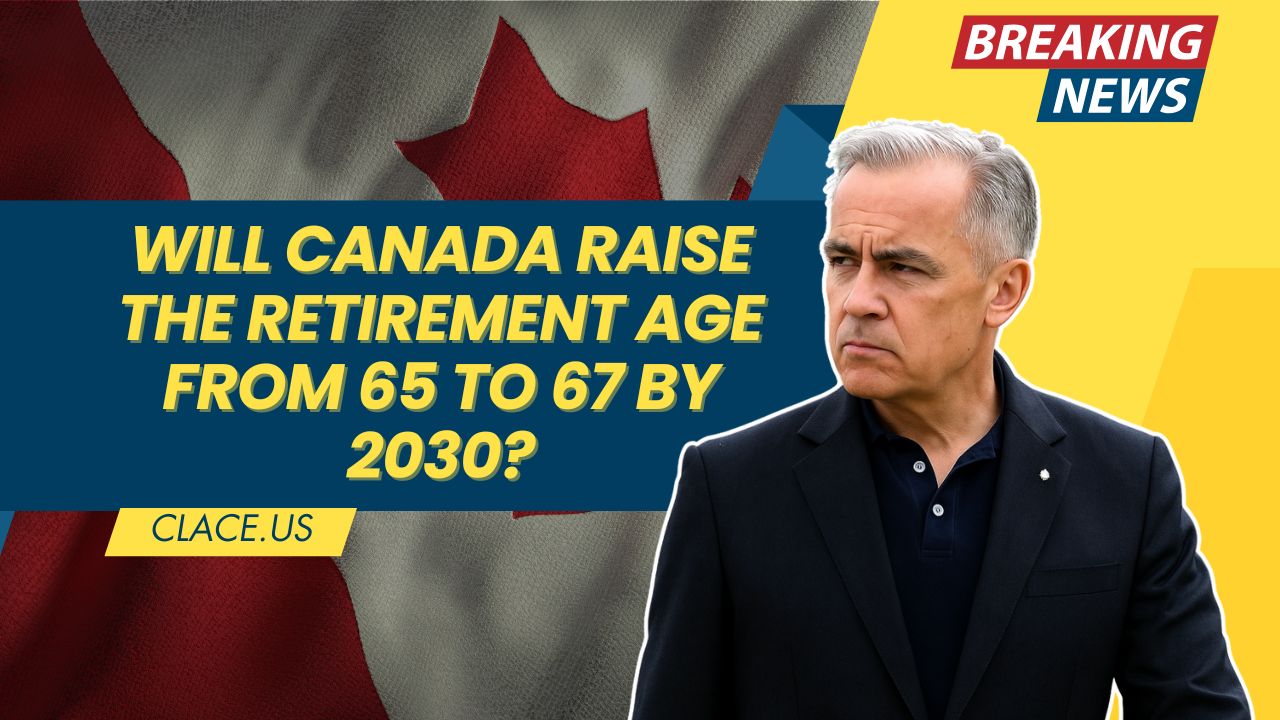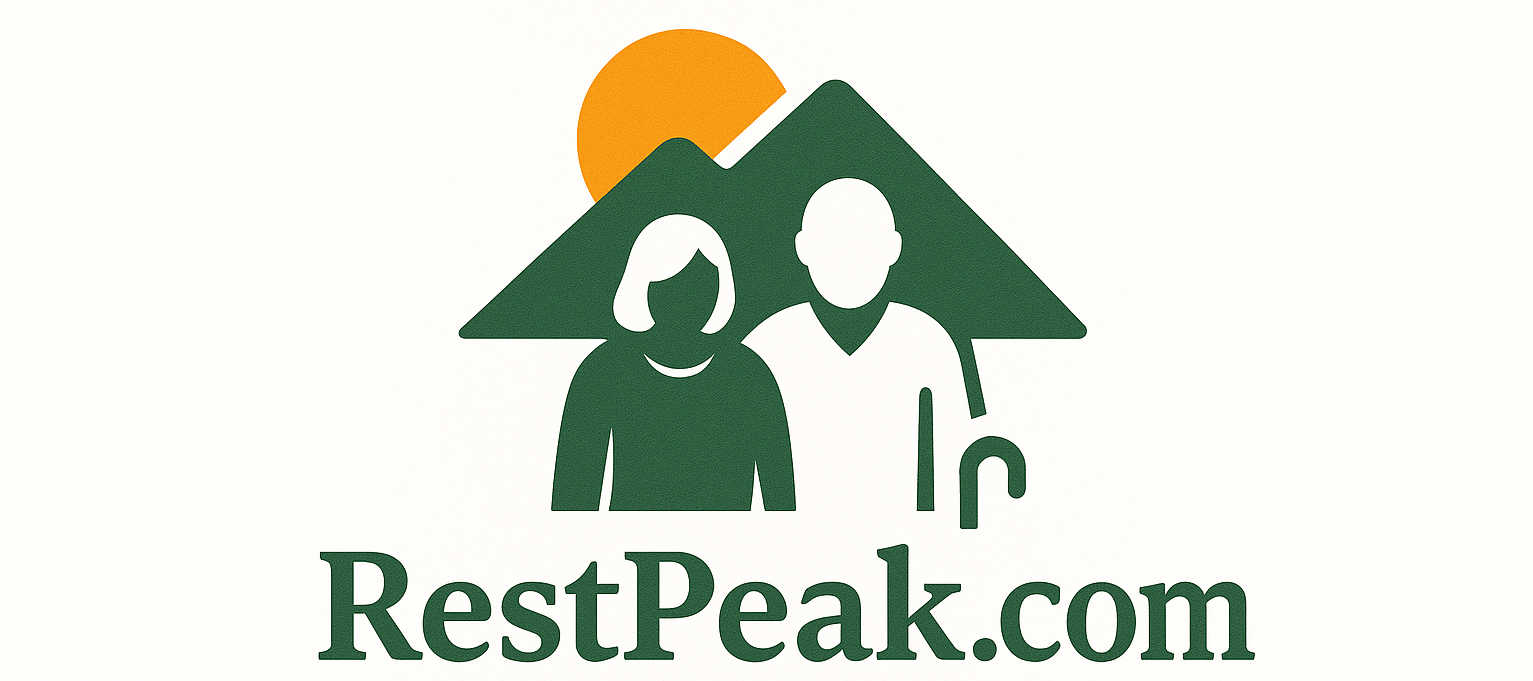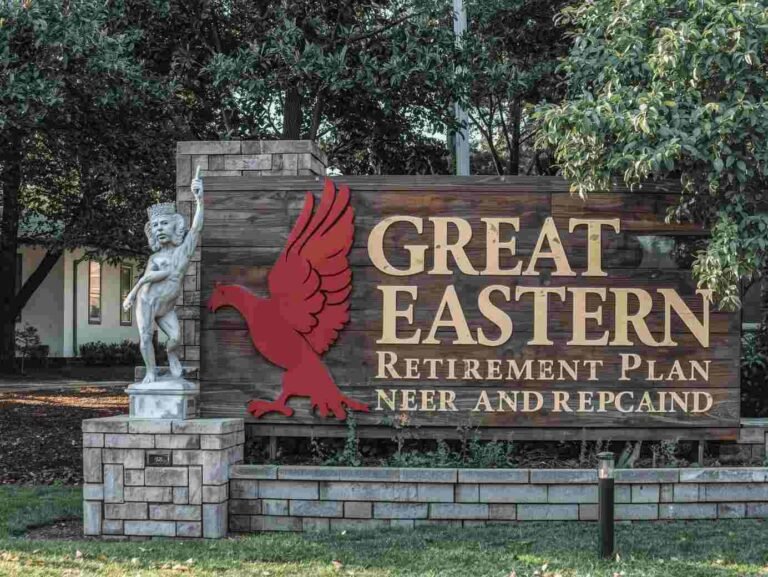Canadian Retirement Planning: Smart & Simple Strategies for a Secure Future
Planning for your retirement in Canada might seem overwhelming, but it doesn’t have to be. You want to enjoy your golden years without money worries, right?
Understanding how to prepare now can give you the freedom and peace of mind you deserve later. You’ll discover simple, practical steps to take control of your financial future. Keep reading to unlock the secrets to a secure and comfortable retirement tailored just for you.

Retirement Savings Options
Choosing the right way to save for retirement matters a lot. Canadians have several options to build their savings safely. Each option has different benefits and rules. Understanding these helps you plan better for the future.
Registered Retirement Savings Plan (rrsp)
An RRSP lets you save money for retirement with tax benefits. You can put money into this account every year. The money you add reduces your taxable income. This means you pay less tax now. Investment growth inside an RRSP is tax-deferred. Taxes are paid only when you withdraw funds after retirement. This can help your savings grow faster over time.
Tax-free Savings Account (tfsa)
A TFSA lets you save money without paying taxes on the earnings. You put after-tax money into this account. Withdrawals from a TFSA are tax-free, including any interest or gains. You can use a TFSA for short-term or long-term savings. There is a yearly contribution limit. Unused room carries forward to future years.
Pension Plans
Pension plans provide a steady income after retirement. Many employers offer defined benefit or defined contribution plans. Defined benefit plans promise a fixed monthly amount based on salary and years worked. Defined contribution plans depend on how much you and your employer contribute. The retirement income depends on investment performance. Pensions add security to your retirement savings.
Government Benefits
Government benefits form a key part of retirement planning in Canada. These benefits provide a steady income to help cover basic living costs during retirement. Understanding these programs helps you plan better for financial security.
Canada Pension Plan (cpp)
The Canada Pension Plan gives monthly payments to people who have worked and contributed to the plan. The amount depends on how much and how long you paid into CPP. You can start receiving CPP as early as age 60 or as late as 70. Delaying payments increases your monthly amount.
Old Age Security (oas)
Old Age Security is a monthly payment for most Canadians aged 65 or older. It is based on how long you lived in Canada after age 18. OAS is not connected to your work history or contributions. Some may have to repay part of OAS if they have a high income.
Guaranteed Income Supplement (gis)
The Guaranteed Income Supplement helps low-income seniors. It adds extra money to the OAS pension. GIS is based on your income and your spouse’s income. You must apply for GIS; it is not automatic.
Investment Strategies
Investment strategies are key to building a solid retirement plan in Canada. They help protect your savings and grow your money steadily. Smart strategies balance safety and profit. Planning your investments carefully can bring peace of mind for your future.
Diversification
Diversification means spreading your money across different investments. It lowers risk by avoiding putting all funds in one place. Stocks, bonds, real estate, and mutual funds all mix well. This mix helps balance losses in one area with gains in another. A varied portfolio keeps your retirement savings safer.
Risk Management
Risk management is about controlling how much risk you take. Younger investors can take more risks for bigger returns. Older investors need safer options to protect savings. Risk levels should match your age and comfort. Using tools like insurance and bonds helps reduce risk. Managing risk keeps your money from sudden drops.
Long-term Growth
Long-term growth focuses on building wealth over many years. It uses investments that increase steadily over time. Stocks and index funds often provide good long-term growth. Patience is vital; investments may rise and fall before growing. Staying invested over time helps your money grow for retirement needs.
Budgeting For Retirement
Budgeting for retirement is a key step for a secure future in Canada. It helps you understand how much money you need and how to manage it wisely. Careful planning can prevent money stress during your retirement years. Start by knowing your expenses, controlling debts, and setting aside emergency funds.
Estimating Expenses
Calculate your monthly costs for housing, food, and health care. Include travel, hobbies, and gifts to cover all lifestyle needs. Think about inflation and rising prices over time. Use past spending as a guide but adjust for retirement changes.
Managing Debt
Try to pay off high-interest debts before retiring. Credit card balances and loans can drain your savings fast. Create a plan to reduce debts steadily. Stay debt-free to keep more income for daily expenses.
Emergency Funds
Set aside money for unexpected costs, like medical bills or home repairs. Aim for at least three to six months of living expenses. Keep this fund in a safe, accessible place. It provides peace of mind and financial stability.
Tax Planning
Tax planning is a key part of Canadian retirement planning. It helps protect your income and savings from unnecessary taxes. Smart tax strategies can increase your retirement income. They allow your money to last longer. Understanding tax rules helps you make better decisions about your money.
Tax-efficient Withdrawals
Withdraw money in a way that lowers your taxes. Use accounts like RRSPs and TFSAs wisely. Withdraw from TFSAs first because the money is tax-free. Delay RRSP withdrawals to reduce taxable income early in retirement. Plan withdrawals based on your income needs and tax brackets.
Income Splitting
Income splitting shares income between spouses to reduce taxes. It can lower the total tax paid by the couple. Use pension income splitting for those over 65. Transfer some income to a spouse with lower income. This balances tax rates and saves money.
Capital Gains
Capital gains come from selling investments at a profit. Only half of capital gains are taxable in Canada. Use this to your advantage by timing when you sell. Sell investments with gains in low-income years. Consider the capital gains exemption for certain assets.

Credit: clace.us
Healthcare Considerations
Planning for healthcare is a key part of Canadian retirement planning. Health needs often rise as people age. Knowing how to handle healthcare costs helps keep peace of mind. Understanding insurance, long-term care, and medical expenses is important. Each area plays a role in a secure retirement.
Health Insurance
Canada has public health insurance that covers many basic services. It varies by province and territory. Some services like dental, vision, and prescription drugs may not be fully covered. Private insurance can help fill these gaps. Retirees should review their coverage carefully. Choosing the right plan saves money and stress later.
Long-term Care
Long-term care includes help with daily activities. Many seniors may need this care at some point. It can be provided at home or in a facility. Public programs cover some costs but often not all. Planning for long-term care costs early is wise. Savings, insurance, or government benefits can help cover expenses.
Medical Expenses Planning
Unexpected medical costs can impact retirement savings. Setting aside funds for these expenses is smart. Keep track of common costs like medications and doctor visits. Look into special savings accounts for health expenses. Regularly update your budget to reflect changing health needs.
Estate Planning
Estate planning is a key part of Canadian retirement planning. It helps protect your assets and ensures your wishes are followed. Proper planning gives peace of mind to you and your family. It reduces stress during difficult times and avoids legal problems.
Wills And Trusts
A will is a legal document that says who gets your property after you pass away. It helps avoid confusion and family disputes. Trusts hold assets for someone’s benefit. They can protect money for children or others who need help managing funds.
Power Of Attorney
A power of attorney lets someone manage your finances if you cannot. It can also cover health decisions if you are unable to speak for yourself. Choosing a trusted person is very important. This helps ensure your wishes are respected.
Beneficiary Designations
Beneficiary designations name who receives money from accounts like RRSPs or insurance policies. These pass outside of a will and avoid probate fees. Keep these designations up to date to match your current wishes. It makes sure your assets go to the right people.

Credit: namps.org
Adjusting Plans Over Time
Planning for retirement in Canada is not a one-time task. Life changes, markets shift, and your needs evolve. Adjusting your plans over time keeps your retirement goals on track. It helps you stay prepared for the future.
Monitoring Investments
Check your investments regularly. Watch how they grow or shrink. This helps you spot problems early. Adjust your portfolio to reduce risks and boost returns. Stay aware of market trends and changes in your investment mix.
Changing Retirement Goals
Your retirement dreams may change. Maybe you want to travel more or downsize your home. Update your plans to match these new goals. This keeps your savings and spending in balance. Be clear about what retirement means to you now.
Adapting To Life Changes
Life events affect retirement plans. Job changes, health issues, or family needs can change your finances. Adjust your plans to fit these new realities. Stay flexible to protect your retirement future. Planning with change in mind helps you stay secure.

Credit: retiremitten.com
Frequently Asked Questions
What Is The Best Age To Start Canadian Retirement Planning?
Starting retirement planning in your 20s or 30s is ideal. Early planning helps grow savings steadily.
How Much Money Do Canadians Need For Retirement?
Most Canadians need about 70-80% of their pre-retirement income to live comfortably.
What Are The Main Canadian Retirement Savings Options?
Key options include the Canada Pension Plan (CPP), Old Age Security (OAS), and Registered Retirement Savings Plan (RRSP).
How Does Cpp Affect My Retirement Income?
CPP provides monthly payments based on your work history and contributions during your career.
Can I Work While Receiving Canadian Retirement Benefits?
Yes, you can work and still receive some retirement benefits, but income may affect payment amounts.
Conclusion
Planning for retirement in Canada takes time and care. Start saving early and review your goals often. Use government programs and personal savings to build a strong fund. Keep track of your expenses and adjust your plan as needed. Stay informed about changes in laws and benefits.
Small steps now can lead to a comfortable future. Remember, your retirement plan should fit your life and dreams. Take control today for peace of mind tomorrow.







